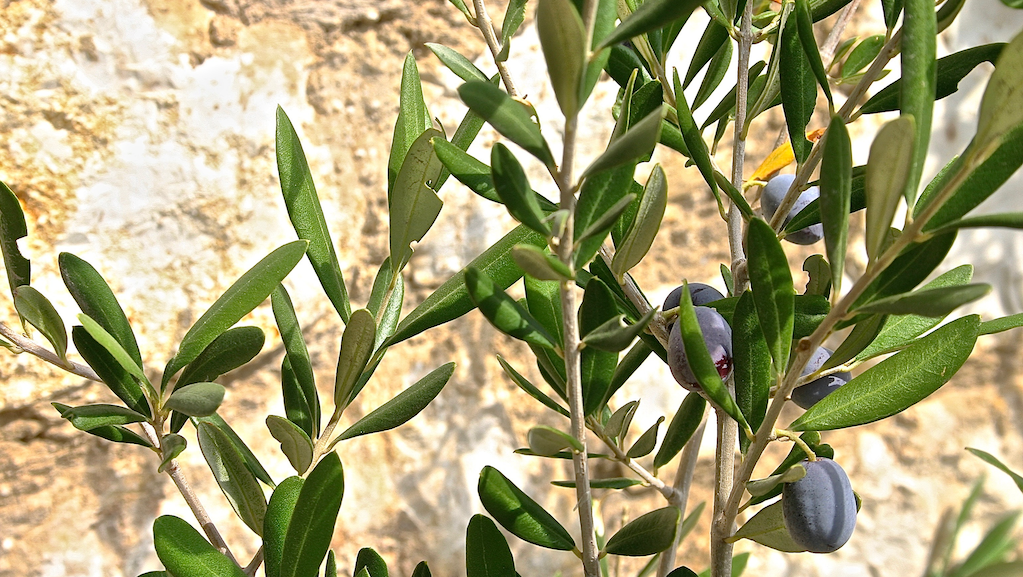Tu Bishvat: New Year of the Trees
‘Tu Bishvat’ – these perhaps somewhat puzzling words indicate a date on the Jewish calendar. Tu (composed of the Hebrew letters tet and vav) is 15, and Shevat is the name of the 11th month (while ‘bi’ is the preposition ‘in’). So it is the 15th of Shevat. This day is celebrated as the New Year of the Trees. On that day each year, it is a custom to eat fruits of trees such as nuts, raisins, and other products that symbolise the fertility of the land of Israel (Deuteronomy 8:8). In modern times, the Jewish National Fund has declared this a day on which new trees are to be planted in Israel. In other words, Tu Bishvat celebrates the connection with the land of Israel.
This year, Tu Bishvat begins on the evening of Sunday, 9 February, and ends on the nightfall of Monday, 10 February. That may raise some questions: a New Year in the eleventh month, and an eleventh month in what we consider the beginning of the year – how so?
The Talmud identifies four New Year days:
- the new year for kings and festivals on the 1st of Nisan (the month of Pesach, assigned in the Bible as the beginning of months, Exodus 12:2);
- the new year for the tithe of beasts on the 1st of Elul (August-September);
- the new year for years, the Sabbatical and Jubilee years on the 1st of Tishri (which is commonly known as Rosh Hashana, Jewish New Year); and
- the new year of the trees, on the 15th of Shevat.
Tu Bishvat as such is not mentioned in the Bible. But probably, this date was set to determine the tithe of fruits of trees (Leviticus 27:30), and orlah (Leviticus 19:23-25): harvesting the fruit of the first three years is forbidden, while the fruit of the fourth year is set aside as a praise offering to God.
From the fifth year on, harvesting the fruit is allowed (the parable of the fig tree, Luke 13:6-9).






